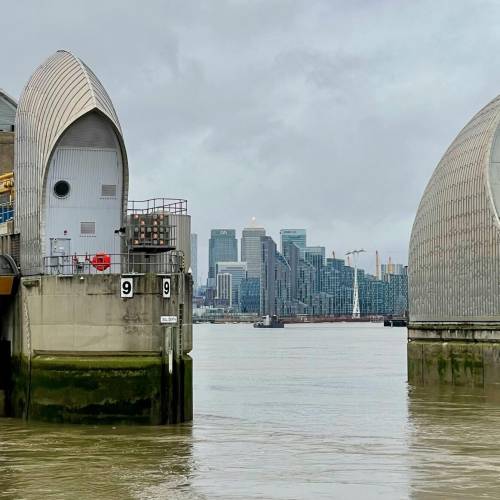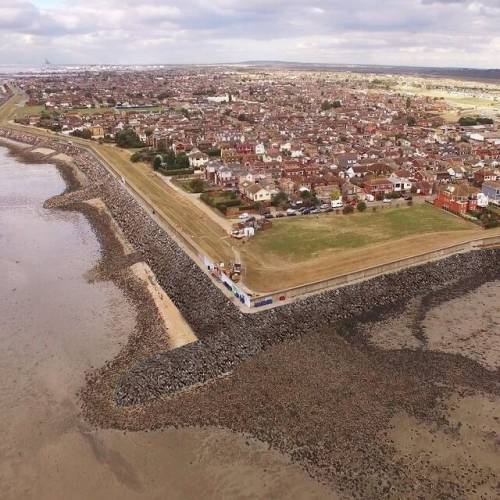Attendance at an CPO Inquiry hearing by an objector, whose concerns can otherwise be resolved, is not an efficient use of Inquiry time or costs. A ‘withdrawal agreement’ provides a way to formally record mutual terms, so that an objector is able to conclude that their concerns are resolved and on that basis, withdraw their CPO objection.
Maintaining communication with an owner throughout the CPO process is key to addressing an objector’s remaining concerns ahead of an Inquiry hearing. The AA’s legal team will need close support from the AA and their other technical and professional advisors to achieve such agreement.
An Acquiring Authority (AA) making a CPO may receive statutory objections by landowners (Statutory Objector), concerning the acquisition of their property interests, on the basis that they believe the CPO is unjustified or it adversely affects them. These objections will be subject to scrutiny at Public Inquiry; however, the landowner’s concerns may be resolved, and the objection withdrawn. In some cases, where the AA and owner reach a mutual understanding, this may be recorded in a ‘Withdrawal Agreement’ documented in writing to ensure that it is legally enforceable. This agreement may include concessions made by the AA, compensation terms or other matters.
Dalcour Maclaren are appointed as Estates Lead on the Environment Agency (Oxford Flood Alleviation Scheme) CPO 2023. This case study considers Withdrawal Agreements as a useful vehicle for removing statutory objections expediently, avoiding (unnecessary) representations taking up Inquiry time and reducing matters to be considered by the CPO Decision Maker.
The Challenge
Where a CPO receives objections the Decision Maker may call for a Public Inquiry, to allow an independent inspector to review the objections and the AA’s case, helping to ensure the decision-making process is impartial. Preparing and presenting at Inquiry is time consuming and an expensive process for both the tax-payer and an Objector. The challenge for the AA is to continue negotiations outside of the Inquiry room to reach a mutual position where an objection can be removed entirely or in some cases only partially removed. The aim for the AA is to minimise, so far as practicable the number of remaining objections.
Withdrawal Agreements will not be needed for all cases to achieve the withdraw of an CPO objection, however, where complex mutual agreements are needed, documentation of a withdrawal agreement will be necessary. In the shadow of an Inquiry, work to complete documentation will require an intense level of attention by the AA’s legal and surveying team, along with those of the Owner and their advisors. Achieving these agreements before the Inquiry hearing, or before the Decision Maker’s decision is made, forms the challenge.
The Solution
Planning for Decision-Making Process: CPO Guidance directs an AA to seek agreement for land acquisition with owners, so that operation of a CPO is a last resort. Early and active engagement with owners on seeking a land acquisition agreement, will give scope for resolving landowner concerns ahead of any CPO Inquiry process. These agreements will normally include a clause asking the objector to withdraw objection to the scheme (if made).
Implementation of the Solution: However, it is not always possible to reach agreement in advance of an approaching public inquiry, and following which the time window for securing a complex land acquisition agreement diminishes. Withdrawal Agreements are more often seen at this stage of the process, particularly where an objector has indicated their intention to be heard at Inquiry. At this stage the AA’s legal team may lead on these agreements, with close support from the AA and their other technical and professional advisors.
A withdrawal agreement governs the terms on which an objector’s withdrawal is achieved and may not include matters of land acquisition. Examples of what a withdrawal agreement my include are:
- How compensation is to be calculated;
- Construction contractor methods of working;
- Practical mitigations, to reduce the impact of the scheme on the objector;
- How the AA is to exercise the CPO over the objector’s interest;
- Costs.
The timescales for processing a withdrawal agreement will vary depending on its complexity, less complex cases can be turned around overnight, complex cases can take much longer to secure.
Challenges During Implementation
These have been –
- Willingness of owners to engage in the process of a withdrawal agreement.
- Maintaining sufficient resource, particularly in the midst of Inquiry to maintain agreement progression.
- Costs of third parties’ legal advisors.
Results
OFAS successfully implemented withdrawal agreements with a number of Statutory Objectors, thus managing time use during the public inquiry effectively. In turn, this reduced the remaining objectors, which the Decision Maker has needed to consider.
Lessons Learned
- Withdrawal Agreements are an effective way to resolve objections where there is appetite from an owner and where practical solutions can be agreed.
- Sufficient professional resource of both the AA and owner must be carefully managed, in order for the agreement process to run smoothly.
- An AA should not rely on withdrawal agreements and should focus maximum effort on removing objections by other means, at an earlier stage in the process.
- An owner’s incentive for a withdrawal agreement may be financial, however, it may equally or primarily be of a more practical nature.
- A withdrawal agreement and a land acquisition agreement are not mutually exclusive. However, once the objector has withdrawn their objection and obtained certain commitments from the AA, there is noted to be diminished appetite for a separate acquisition agreement.
Conclusion
- Reaching agreement to acquire land needed by the scheme needs to remain an AA’s priority, in advance of the CPO.
- Where a statutory objection cannot be resolved ahead of the CPO process, the AA should actively seek a withdrawal agreement, to avoid unnecessary time and costs of matters being examined at public inquiry and to minimise any remaining objections that the decision maker will need to consider.
Future Directions
Dalcour Maclaren continually seeks to adapt to meet with a Client’s project demands and to resource these with appropriate levels of expertise. The supporting work to achieve withdrawal agreements is an example.
Sector
Transport and Infrastructure
Get in touch








